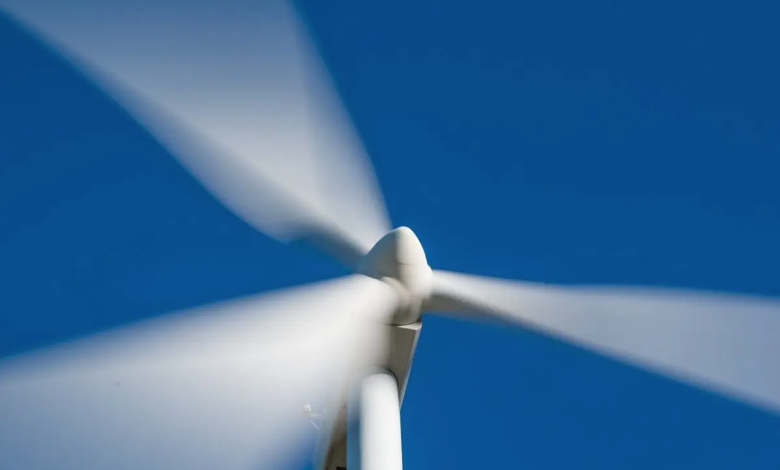Climate neutrality, Beijing has a potential of 56,550 GW of wind and pv
The study on Chinese technical potential is published in Carbon Neutrality
(Sustainabilityenvironment.com) – China has a technical potential of wind and solar 9 times higher than necessary to achieve climate neutrality. At the current technological level, the potential installed capacity is about 56,550 GW, while the potential for generating electricity reaches around 95.84 PWh (petawattora) per year, or almost 96 million GWh. These values correspond to approximately 13 times the energy demand of the whole country in 2020.
To calculate it is a study by the National Climate Center in Beijing, recently appeared in the magazine Carbon Neutrality. An important estimate that sweeps away one of the main doubts circulating in Chinese political circles about the effective ability of the country to achieve climate neutrality with a powerful development of renewables.
When Chinese President Xi Jinping, in September 2020, promised that China would achieve climate neutrality by 2060, the total installed wind and solar capacity in the country was “just” 530 GW. Still Xi has indicated as 2030 a doubling of this capacity, which should then rise to about 1,200 GW to contribute to the country’s most important medium-term goal, to overcome the peak of CO2 by the end of the decade.
Read also UN: 5 actions to accelerate renewables before “burning the planet”
However, according to several estimates, the installed capacity should still quintuple in the following 30 years, reaching 6,000 GW, to have a chance to make the Asian giant a net-zero economy. A figure that is widely within reach, the study shows.
To calculate the potential in a realistic way, the authors explain, “we systematically evaluated the technological potential of the production of wind and solar photovoltaic energy in China, based on high-resolution space-time climate data”. In addition, “climate data has been supplemented with information on the location of nature reserves and urban areas, land slope, relevant government policies and the expected cost of wind or solar equipment suitable for the site”.
The estimation of the energy potential from wind and sun, therefore, is not abstract but takes into account existing concrete constraints. “This has allowed us to refine the theoretical potential – based only on wind speed or solar radiation – into a realistic technical potential that excludes protected or urban areas, as well as the locations where wind or solar installations are unlikely to generate an economic return,” conclude the authors.






